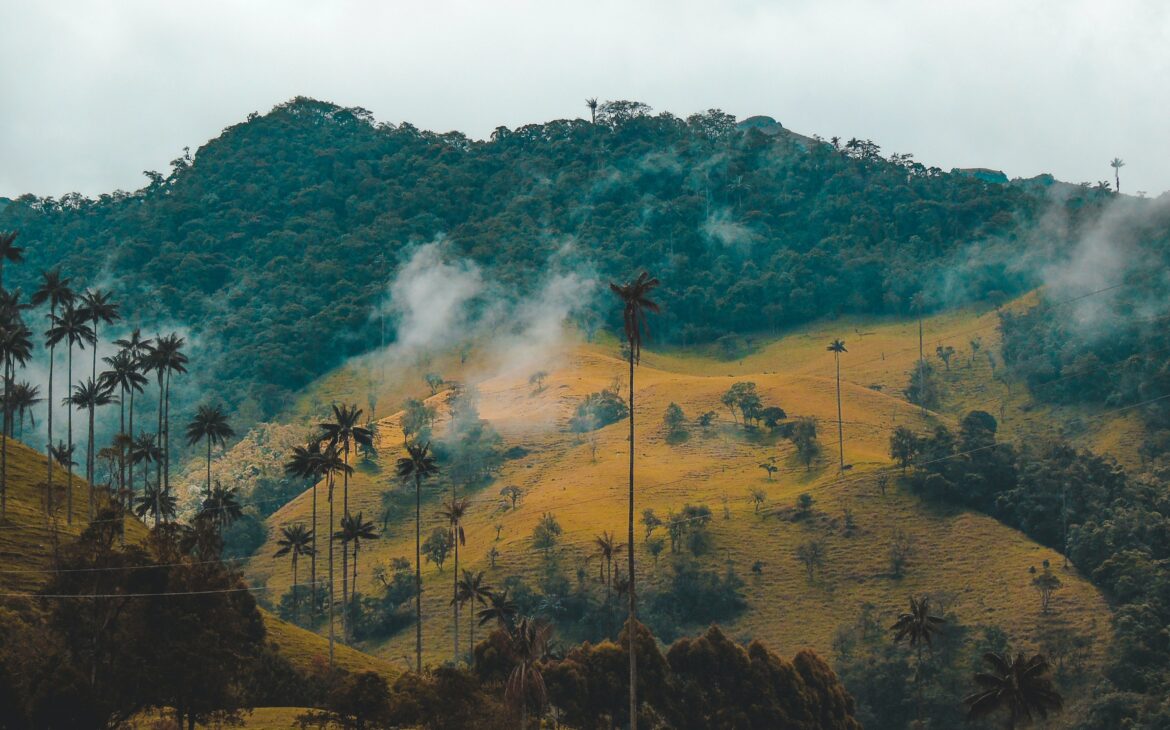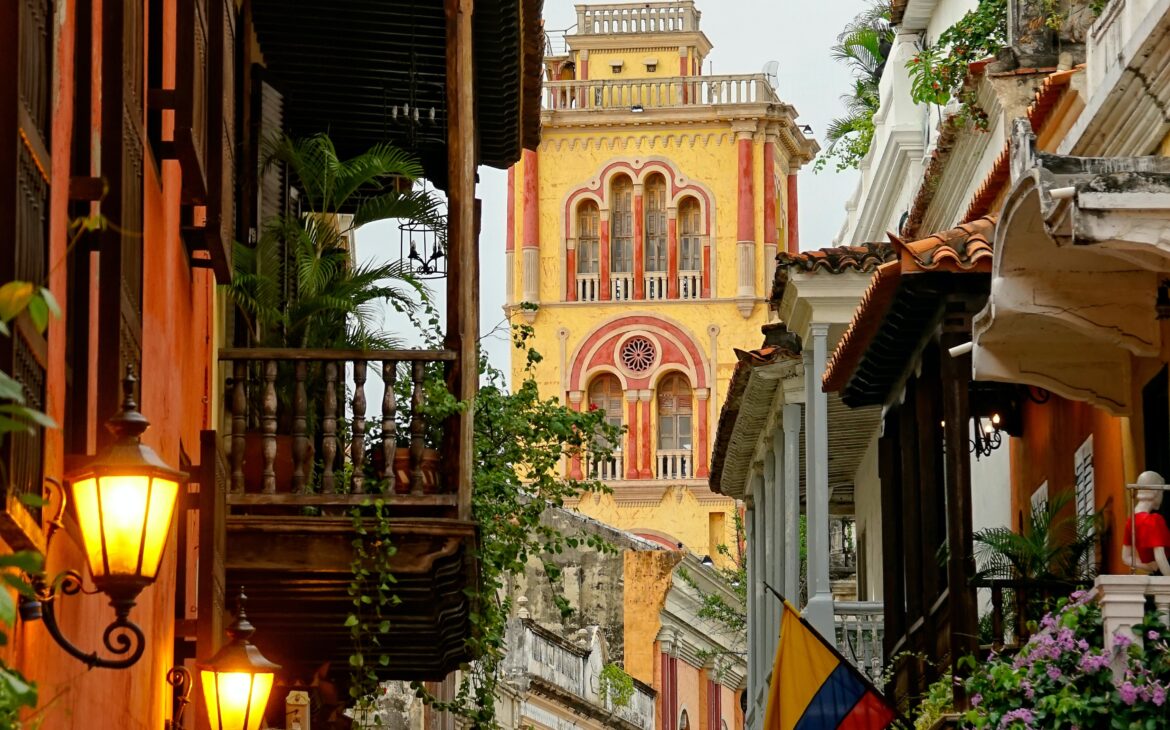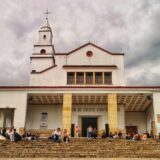
10 Things to Do Before Traveling to Colombia
Colombia is an amazing South American destination for travelers, but planning is key. The country’s large size and diverse weather in different cities, along with varying safety levels, make it important for travelers to have a solid plan before exploring Colombia. This article tells about 10 ways you should prepare for your Colombian adventure.
Learn about the country
Before going anywhere, it is always good to learn about the basic information of each country. Colombia was named after the Italian explorer Christopher Columbus, who was the first European to find the ”new country”. Colombia has a population of 51.52 million people.
The majority of Colombians are mestizos, a mix of European and indigenous heritage, comprising the largest ethnic group. The second-largest group is of European descent, followed by African or African-mixed individuals, while the indigenous population makes up around 3.2% of the total. Colombia is classified as an ‘upper-middle-income’ country.
The predominant religion is Roman Catholicism, and the primary language spoken is Spanish. The economy centers largely around coffee and fruit production.

Know your destination
Colombia is big, and getting around between cities often means long bus rides of 10-15 hours. Expect this when planning your trip. Each city has its own unique weather, and there are no clear seasons.
If you’re heading to Bogotá, the capital, pack warm clothes; it gets cold, even inside hotels. Medellín has great weather, not too hot or cold. Beach spots like Santa Marta and Cartagena are very hot and humid. Tatacoa is scorching, with temperatures reaching 40 degrees Celsius or more.
Remember the altitude differences too. Bogotá is high up at 2,640 meters, so be aware of possible altitude sickness.

Get Familiar with the Currency
In Colombia, the official currency is the Colombian peso (Peso colombiano), and the exchange rate is approximately $5,000 to 1 EUR. Upon arrival, you can easily withdraw money from the ATM at the airport or exchange your dollars/euros. Opt for Davivienda and BBVA banks, as they typically have no local charges.
Most major shops and grocery stores accept credit or debit cards. It’s advisable to avoid using street ATMs; instead, withdraw money from ATMs located inside banks, grocery stores, or shopping malls for security and convenience.
The commonly used notes in Colombia are 1,000, 2,000, 5,000, 10,000, 20,000, 50,000, and 100,000. It’s advisable to break larger notes, especially 50,000 and 100,000, in supermarkets, as you may face challenges getting change at smaller shops or when paying for taxis.

Be Informed about Common Scams
I’ve covered this topic in our ‘Is Colombia safe to visit? 15 tips to stay safe & comfy while in Colombia’ post, which is worth checking out. While the likelihood of falling victim to scams in Colombia is low, it’s still wise to be aware of common ones. A prevalent scam involves taxi drivers overcharging passengers. To avoid this, use the Indrive app when possible. If the app isn’t available, opt for official yellow metered taxis.
When traveling from the airport, it’s a good idea to agree on the fare beforehand. More serious scams, such as the fake police or incidents involving robbery and drugging by someone met through Tinder, are less common but still worth knowing about. Medellinadvisors provides valuable information on scams.

Learn some Spanish
English isn’t widely spoken in Colombia, so having a grasp of Spanish, even if it’s just a few phrases and numbers, will be incredibly helpful.
Here are some useful phrases:
- Good morning/day: Buenos días
- Good evening: Buenas noches
- How much does it cost: ¿Cuánto cuesta?
- Where are you from? I am from…: ¿De dónde eres? Soy de…
- I don’t understand: No entiendo
- Do you have…?: ¿Tiene…?
- Where is…?: ¿Dónde está?
Additionally, learn numbers 1-20 and understand how the currency works in Colombia. For instance, 2,000 COP is ‘dos mil’ (two thousand) pesos, and 25,000 COP is ‘veinticinco mil’ (twenty-five thousand) pesos.

Pack Light but Right
As mentioned earlier, Colombia’s vast size means the weather varies significantly from city to city. If you’re heading to Bogotá or other mountainous spots, pack warm clothes like thermal wear and a puffer jacket, as it can get quite chilly. Long-distance buses are often air-conditioned, so an extra layer is handy.
Salento, too, can get cold, especially in the mornings and evenings. Some places might be colder inside than outside, so have something warm for bedtime too.
Medellín enjoys pleasant weather year-round, so no need to stress about that. Just bring an umbrella, especially during the rainy season.
For beach destinations like Santa Marta and Cartagena, expect hot and humid conditions similar to Southeast Asia. Pack your lightest summer clothes, swimwear, sunglasses, and sunscreen.
Heading to the south, places like Neiva and Tatacoa (Villavieja) are hot and sunny. Remember to apply sunscreen regularly, especially if exploring the Tatacoa desert, and stay hydrated with plenty of water!

Check for Safety
Colombia is diverse, with some regions and areas in cities having low-security levels. Cities like Buenaventura and Chocó face high crime rates, as do certain border areas. While it’s unlikely that a visitor would go to these places, it’s always wise to ensure your chosen destination is safe for tourism.
Additionally, each city in Colombia has areas with safety concerns. We unintentionally stayed in El Centro in Medellín, considered the city’s most dangerous area. Thankfully, nothing bad happened, but the atmosphere was undeniably sketchy and uncomfortable.

Learn About Colombian Etiquette
Before visiting Colombia, it’s essential to familiarize yourself with Colombian etiquette. Despite its outward liberalism, Colombia is rooted in tradition, and many Colombians, especially the older generation, take religion seriously. When visiting churches and religious places, be mindful of this aspect. Family holds a sacred place, and respect for the elderly is significant. It’s common for Colombians to live with their family until marriage.
Greeting strangers is customary, and if someone says buenos días/buenas tardes/buenas noches, be sure to respond in kind.
Colombians, like many Latin Americans and Spaniards, have two surnames. The first comes from the father’s side, and the second from the mother’s side.
Additionally, appearance matters greatly to Colombians. Ensure your outfit and shoes are tidy, your fingernails are clean, and you smell good. This is especially important when visiting high-end restaurants and clubs.
Remember to adapt your etiquette based on the context, whether it’s a business meeting, visiting a Colombian family, or going on a date.

Secure Travel Insurance
Even though the likelihood of encountering unforeseen events in Colombia is low, it’s crucial not to overlook travel insurance.
I personally fell ill during my time in Colombia (almost passed out in Cocora Valley) and had to seek medical attention. Travel insurance proved invaluable as I could claim back the expenses for the treatment (around 20 EUR).
Monique opts for SafetyWing Medical Travel Insurance, an affordable choice for long-term travelers and digital nomads.

Check-MIG
Upon arriving or departing Colombia, all visitors are required to complete the check-migration document. This can be easily done on the official website of Colombian Migration. Ensure that the immigration registration form is filled out 72-1 hours before your arrival in Colombia. Once completed, download the form to your phone (no need to print it).
With the form in hand, you’re all set to explore Colombia!
Featured image by Flavia Carpio on Unsplash


